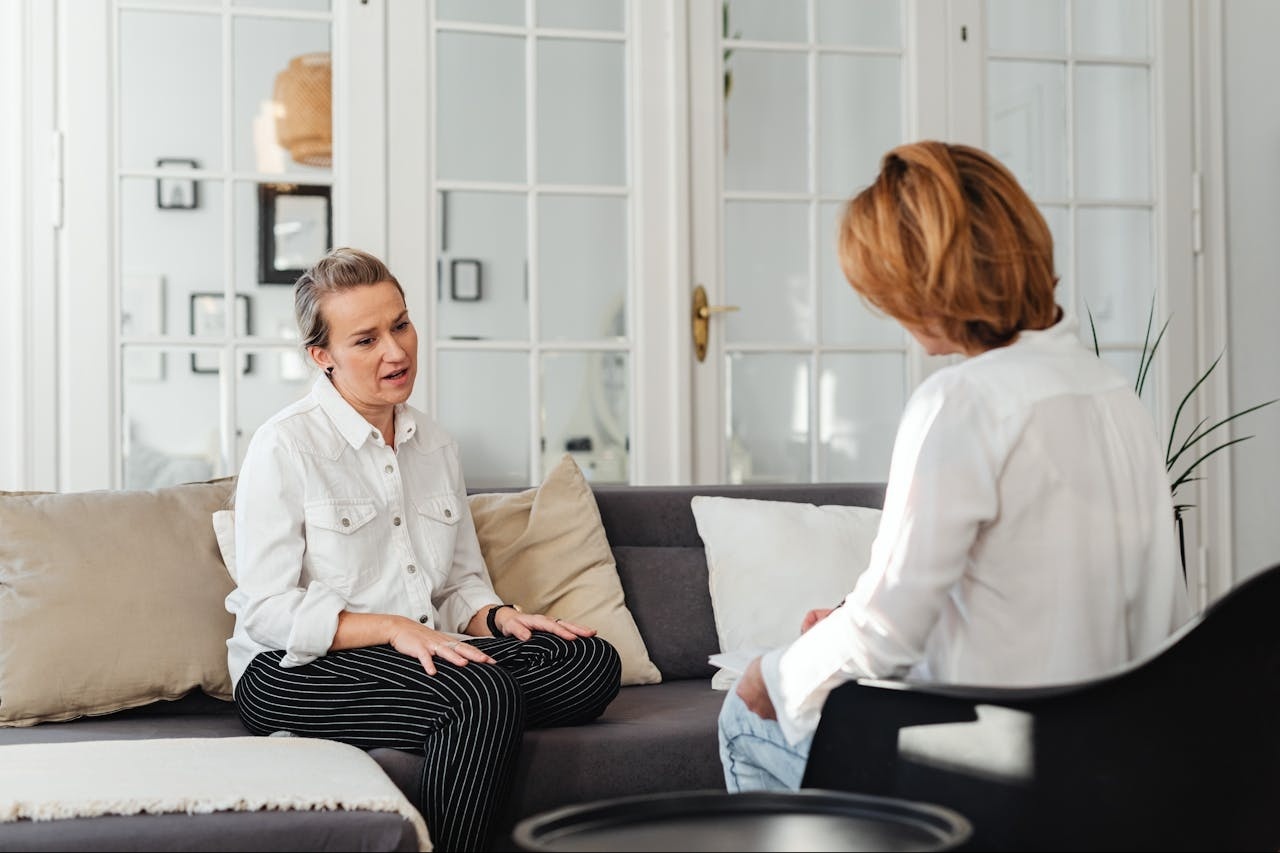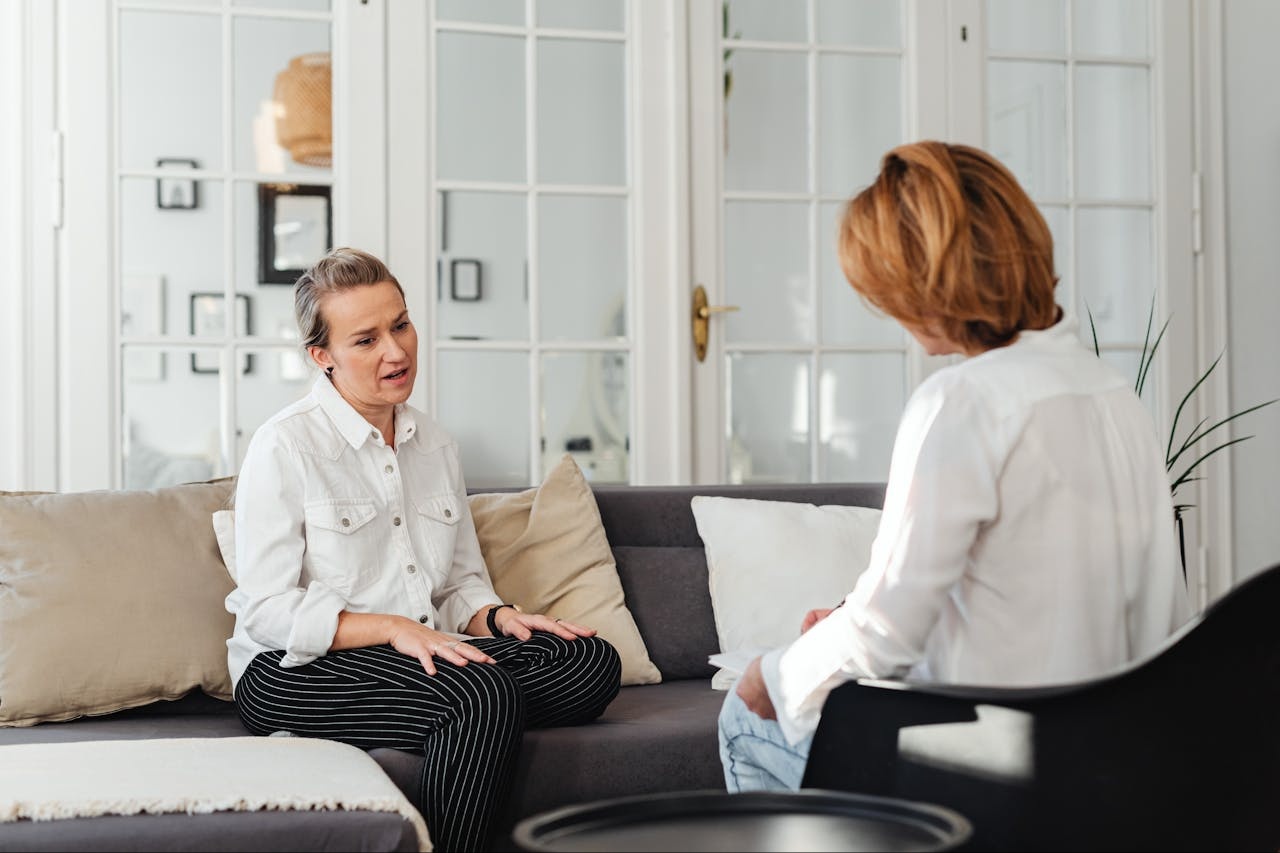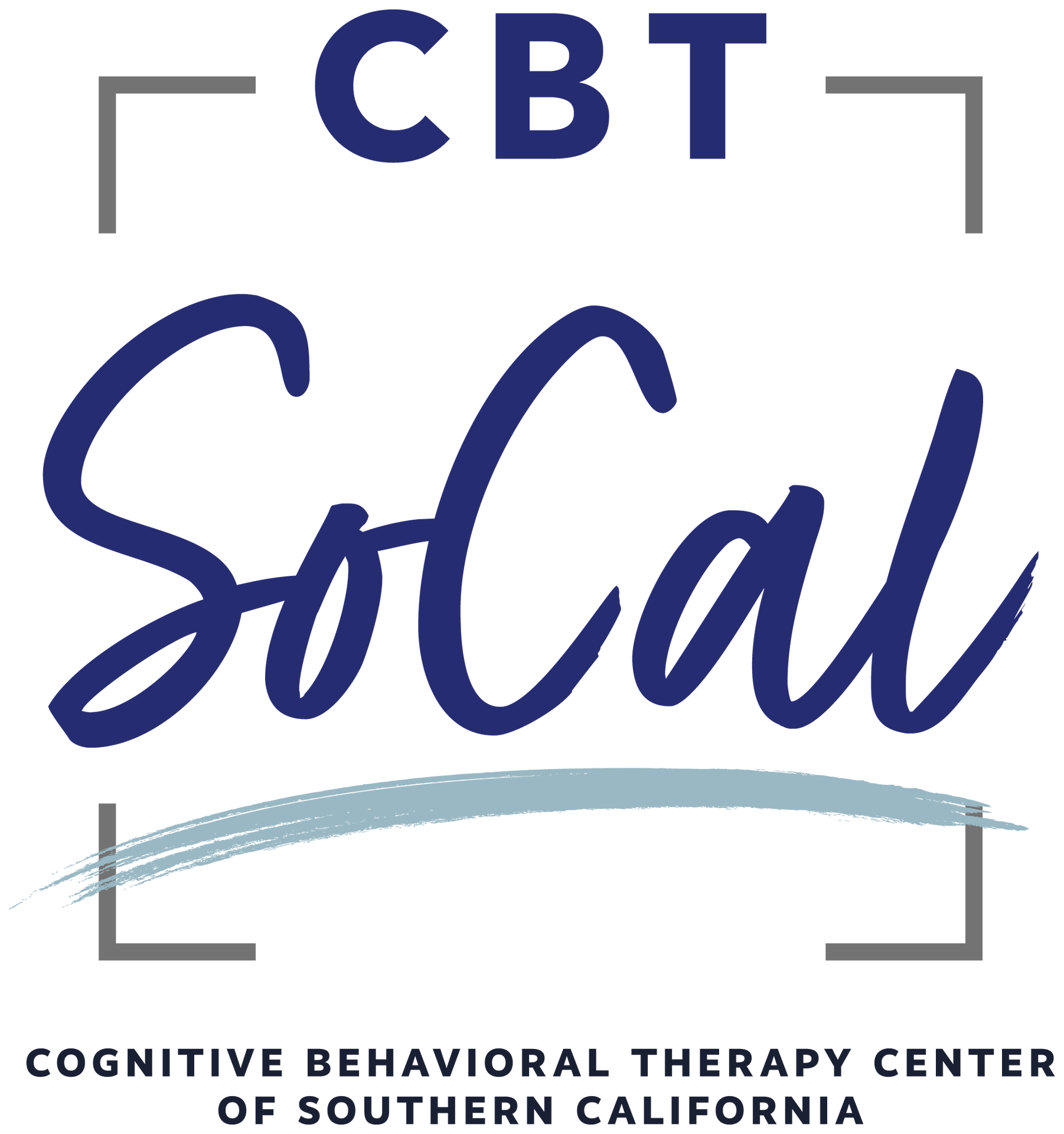How Does Exposure Therapy for Anxiety Work?

When struggling with anxiety, you may feel like it’s easier to just hide or remove yourself from stressful situations. While this may seem like a short-term solution, in reality, these actions can lead to worsening signs and symptoms.
Life comes with several ups and downs, but you shouldn’t feel like you have to live your life in a bubble. Sometimes it helps to get out of your comfort zone and face your anxiety head-on. Let’s learn more about exposure therapy and how it works for anxiety.
What Is Exposure Therapy?
 Exposure therapy is a type of treatment that was developed to help individuals face their fears. The idea behind this type of therapy is that individuals who are afraid of something will avoid it. While this can be a short-term solution, it can actually cause the fear to grow because of a lack of exposure to it.
Exposure therapy is a type of treatment that was developed to help individuals face their fears. The idea behind this type of therapy is that individuals who are afraid of something will avoid it. While this can be a short-term solution, it can actually cause the fear to grow because of a lack of exposure to it.
Exposure therapy is recommended to help break that pattern of avoiding. Exposure therapy is done in a safe environment to reduce stress, fear, and avoidance.
The Types and Strategies
In exposure therapy, several versions of exposure can be used based on the individual and their fear.
- In Vivo Exposure: In vivo exposure is a strategy that involves facing fear head-on. For example, someone with social anxiety may work towards giving a speech in front of a crowd. Or someone with a fear of dogs may be instructed to be in the same room as a dog.
- Imaginal Exposure: Imaginal exposure is using one’s imagination about a stressful situation or a feared object. Taking the time to imagine or recall a specific past event can help reduce those negative feelings and associations.
- Interoceptive Exposure: Interoceptive exposure is the act of bringing on physical sensations that may be feared by an individual but aren’t harmful to them. Feelings of anxiety, like an increased heart rate, could be channeled by having someone run in place so that the individual can learn that these signs and symptoms don’t have to be a sign of danger.
- Virtual Reality: Virtual reality is a new type of technology that is mostly used for entertainment, but has also seen results in the mental health space. This strategy is used when exposure in real life isn’t practical. For example, someone who has a fear of flying may not physically be on a plane during a therapy session. Using virtual reality can help provide a similar experience using the five senses so an individual can work towards overcoming their fear.
The Benefits
Exposure therapy has been successful in treating a variety of mental health problems like generalized anxiety disorder, obsessive-compulsive disorder (OCD), panic disorder, phobias, post-traumatic stress disorder (PTSD), social anxiety disorder, and more.
Here are just a few of the many benefits that someone with an anxiety disorder can see with the help of exposure therapy:
- Emotional Processing: Individuals who have anxiety and go through exposure therapy develop more realistic beliefs about their fears. Their negative beliefs or associations are replaced with a more positive outlook regarding their feared activities, objects, or situations.
- Facing Fears: One of the major benefits of exposure therapy is that individuals can face their fears either indirectly or head-on, with the help of a licensed and trained therapist guiding them. Being able to face fears allows the association and fear to weaken.
- Reduced Signs and Symptoms: Anxiety comes with many signs and symptoms. These are significantly reduced with the help of exposure therapy.
- Sense of Control: Exposure therapy gives individuals the chance to take control over their lives. By building the courage to face their fears, they’re able to overcome them and gain a greater sense of control over their anxiety.
Next Steps
Exposure therapy may seem scary, but it doesn’t have to be. A licensed and trained mental health professional will work with you to determine the best treatment plan for you and your needs. Reach out today to learn more about exposure or anxiety therapy.
